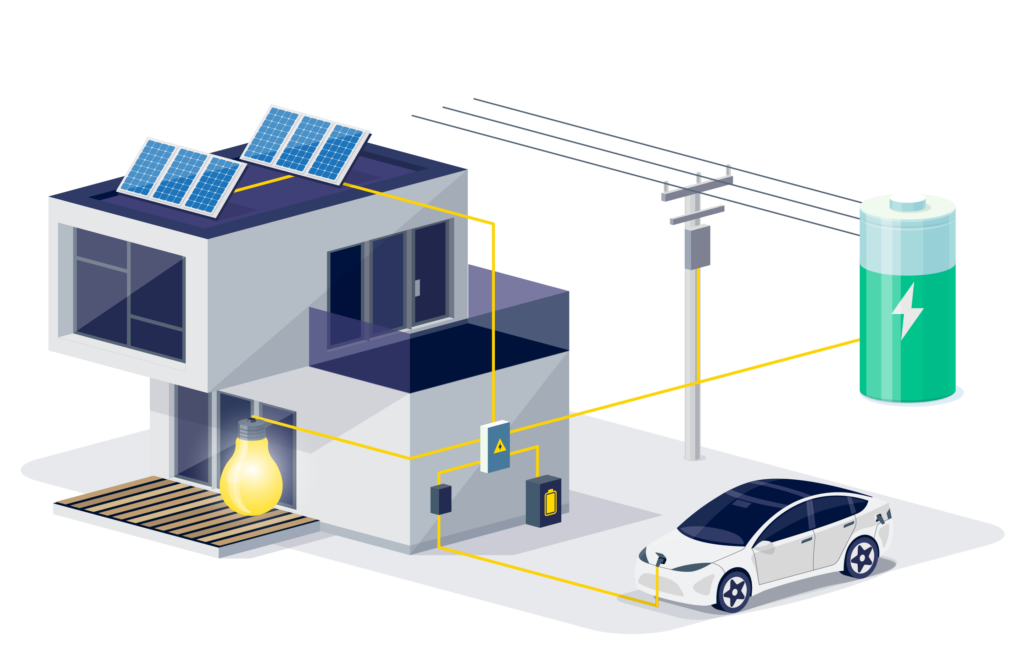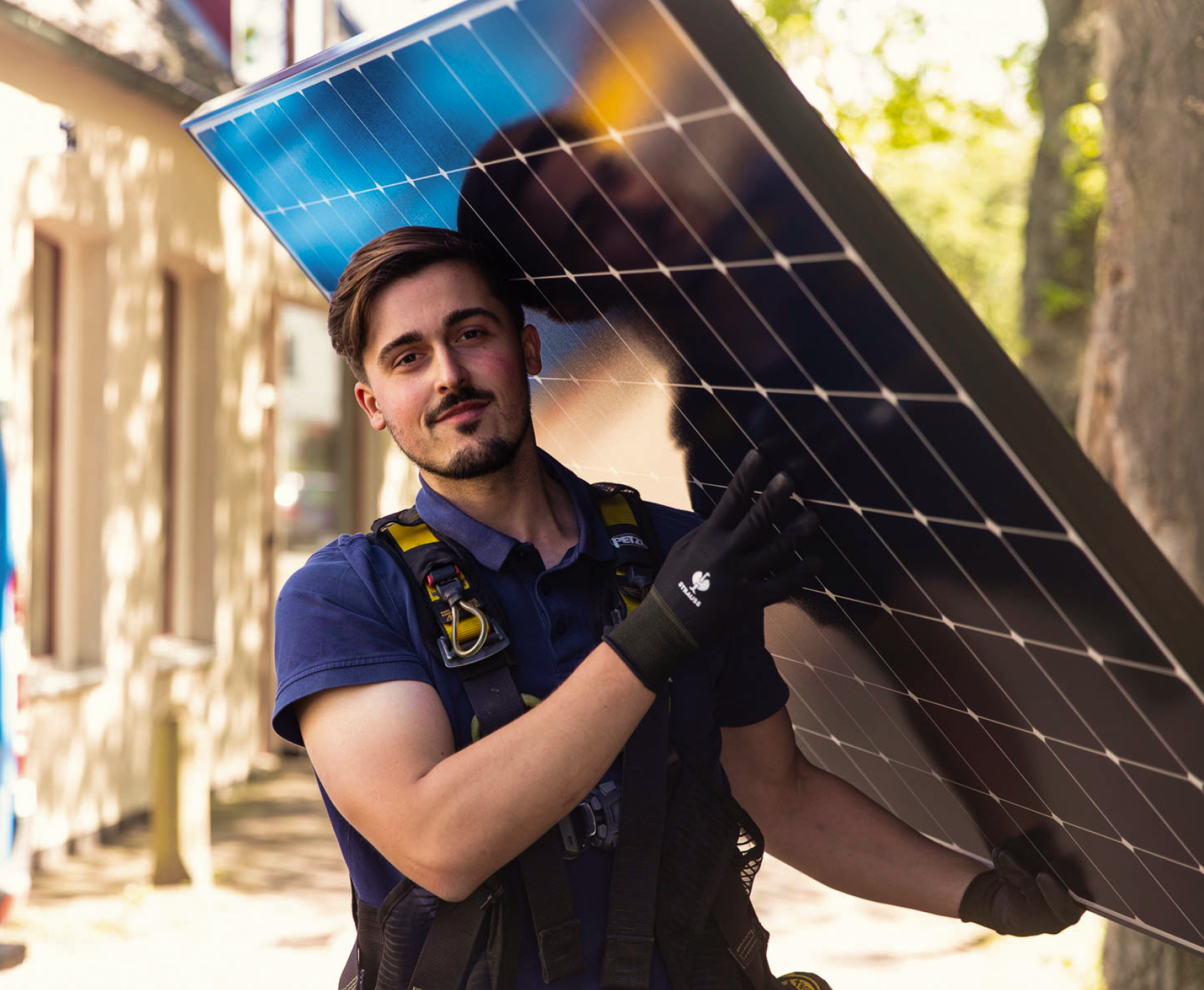
With the growing interest in sustainable energy in Spain, more and more households and businesses are opting for solar panels. But how do these panels actually work? Let’s explain the operation of solar panels in a straightforward manner.
Solar panels are devices that convert sunlight into electricity. They consist of a large number of solar cells, usually made from silicon, a semiconductor material that can absorb sunlight and convert it into an electrical current.
Solar panels are installed on rooftops or open spaces where they can capture ample sunlight. Each solar cell within the panel absorbs photons (light particles) from the sun.
When photons strike the solar cells, they transfer their energy to electrons in the silicon. This energy causes the electrons to become free and start moving. The movement of these electrons generates an electric current.
The generated electric current is direct current (DC). Since most household appliances and the electrical grid use alternating current (AC), an inverter is used to convert the DC current into AC current.
The converted alternating current can be used directly to power electrical appliances at home or in the office. Excess electricity can be stored in batteries or fed back into the grid, depending on the regulations and possibilities in Spain.
– Sunny Climate: Spain has one of the highest levels of solar irradiation in Europe, meaning solar panels can operate very efficiently.
– Cost Savings: By generating their own electricity, households and businesses can significantly reduce their energy bills.
– Sustainability: Using solar energy helps reduce CO2 emissions, contributing to the fight against climate change.
– Subsidies and Support: The Spanish government offers various subsidies and support programs to encourage the installation of solar panels.
How long do solar panels last?
Solar panels typically have a lifespan of 25 to 30 years. During this period, their efficiency gradually decreases, but they continue to produce electricity.
How much does a solar panel system cost?
Costs vary depending on the size and type of system, but thanks to subsidies and long-term savings on energy bills, the investment is often worthwhile.
What happens on cloudy days?
While solar panels are most efficient in direct sunlight, they can still generate electricity on cloudy days, albeit at a reduced level.

Solar panels are an excellent way for Spanish households and businesses to take advantage of the abundant sunshine while contributing to a more sustainable future. By understanding how solar panels work, more people can make informed decisions about transitioning to solar energy.
Contact us

Get a free roof scan!
The roof scan is only available for homeowners.
Copyright – SolarCircle
Binnen 2 minuten afgerond!
Doorloop de stappen en ontdek wat jouw dak op kan leveren met de zonnepanelen van Solar Circle!
Laten we verder gaan
Laten we verder gaan
De resultaten staan voor je klaar. Benieuwd naar wat zonnepanelen jou opleveren? Vul onderstaande gegevens in om je aanvraag af te ronden.
Resultaat
We nemen spoedig mogelijk contact met je op!
Completed in 2 minutes!
Follow the steps and discover what your roof can generate with SolarCircle’s solar panels!
Let’s move on
Let’s move on
The results are ready for you. Curious about what solar panels can deliver for you? Fill in the details below to complete your request.
Result
We will contact you as soon as possible!